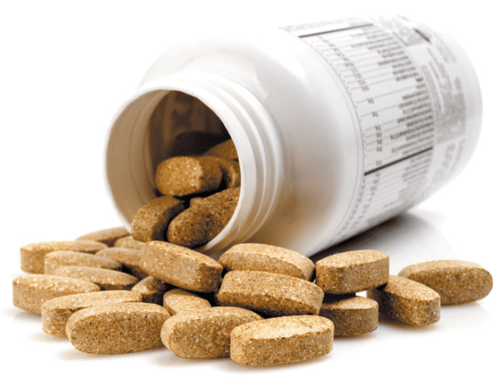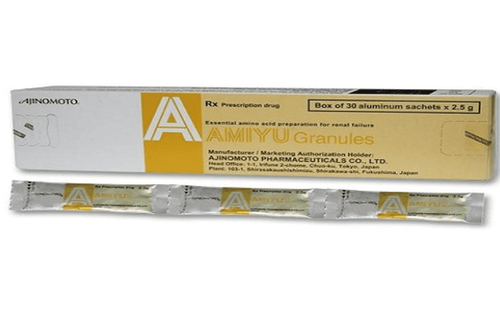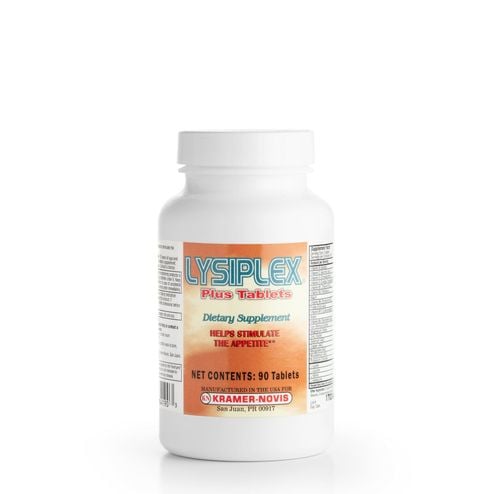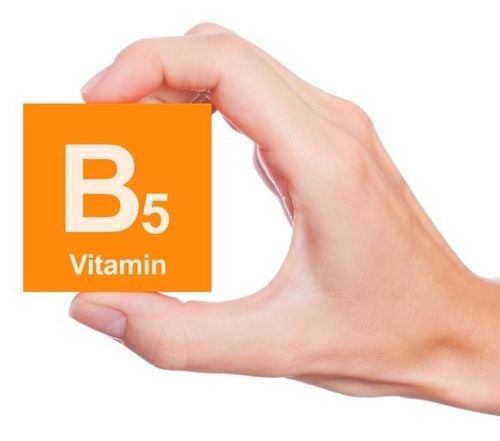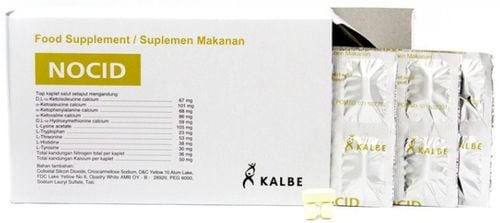This is an automatically translated article.
Pork is a common dish in meals in many Vietnamese families, this is a nutritious, easy-to-eat and not boring food if used regularly. However, is eating pork good for health and how to distinguish fresh pork? Find out through the following article.
1. Nutritional value in pork
Eating pork is not only a common dish in every family in Vietnam, but the nutritional value of meat is also very rich. Pork has almost all the groups of nutrients needed by the body, so food made from pork is often preferred in many families.
Eating pork helps provide high quality protein In pork, which is full of essential amino acids for living activities, in 100g of pork there will be 5,751mg histidine, 6,189mg isoleucine, 10,387mg leucine, 3,469mg methionine, 5,122 mg phenylalanine, 5.171mg threonine, 1,212mg tryptophan, 11,482mg lysine.
Eating pork helps provide essential vitamins and minerals for adults Pork helps contribute to the body many different vitamins and minerals such as phosphorus, potassium, nicaxin, vitamin B6, vitamin B12, zinc.. In which, the vitamin B content in pork is the main source of vitamins that humans get from food. Vitamin B has many important functions in the body such as helping to create red blood cells, maintain healthy kidney function, synthesize fatty acids, play a role in energy metabolism...
Eating pork helps provide glycine and collagen In pig skin contains a significant amount of glycine that helps the body synthesize more collagen. Collagen is very important for healthy hair, skin and joints. In particular, collagen plays a role in keeping the skin taut, elastic and smooth. In 100g of pig skin contains about 11,919 mg of glycine needed for the body.
Eating pork helps provide selenium Selenium is an important substance to help the human thyroid gland work effectively, with only 170g of pork you can provide 100% of the necessary amount of selenium per day.
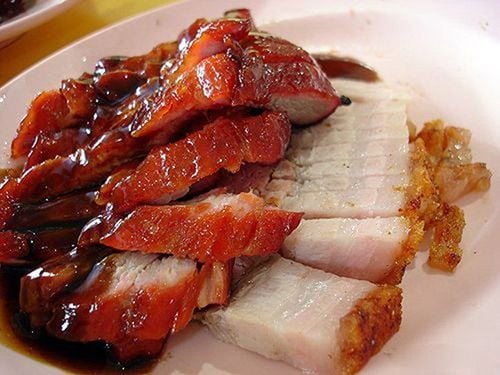
Ăn thịt heo giúp cung cấp nhiều thành phần dinh dưỡng quan trọng
2. Is eating pork good for health?
As mentioned above, in pork there are many nutrients necessary for health such as protein, fat, vitamins and mineral salts...
However, eating pork is good for health or not depends on factors such as:
Frequency of use Although pork is a common dish in many families' meals, you should not eat pork often but need to balance eating with many different foods. If you regularly eat pork and do not care about the amount of meat you eat every day, in the long run, you will easily encounter problems with heart disease, diabetes, kidney, gout or obesity. Eat pork in moderation and regularly change the varied menu to help you and your family eat more deliciously and still have the necessary nutrients.
How to process and preserve Pork has many different processing methods, but not all methods are absolutely safe for you and your family members. Some cooking methods such as blood pudding, spring rolls, eating dishes from undercooked pork can also cause you to experience stomach pain or poisoning...
In addition, improper preservation of meat can also cause problems. can contaminate pork, even if stored in the refrigerator. Cooked meat should not be mixed with raw meat and should be kept in separate containers.
Use quality meat Currently, sick pork is sold on the market a lot, so you should choose reputable meat suppliers with clear origin.

Cách chế biến thịt lợn ảnh hưởng đến lợi ích nó mang lại
3. How to choose fresh pork
Pork is a popular dish in Vietnam and many other countries around the world because eating pork is usually not as boring as other types of meat. Besides, pork is very diverse in cooking from simple to complex and has high nutritional content.
However, to ensure the health of yourself and your family, you should choose to buy pork from reputable suppliers and have clear origins to avoid buying sick or no longer fresh pork. Here are some tips to help you choose good pork:
Choose pork with a dry film, not wet Observe the color when buying meat, fresh pork is usually light pink, fragrant and free of odors strange, rancid smell or antibiotics. If the pork uses lean substances, it will have a more fishy smell than normal pork. When touching the meat block, you will feel the firmness, elasticity, slightly sticky, if you press with your hand, the piece of meat will concave and return to normal after a short time. When cutting the meat you should see a light cut, dry and no water coming out. The fat of the pork is white, there is no red-purple blood spots, so choose lean pork with clear division and fat distribution. The bone marrow is clear, clings to the wall of the bone, and has no strange smell. Knowing how to choose good pork not only makes dishes made from meat more delicious and nutritious, but also limits the risk of food poisoning and disease caused by using sick pork of unknown origin.
If you have any questions related to the topic of nutrition for the body that need advice from a doctor, you can leave your question in the ASK VINMEC DOCTOR section directly on the hospital website. Your question will be sent to the doctor and you will receive a consultation as soon as possible!
Please dial HOTLINE for more information or register for an appointment HERE. Download MyVinmec app to make appointments faster and to manage your bookings easily.




